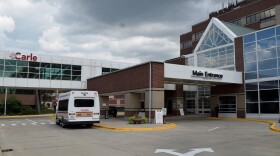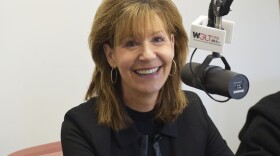-
Carle said it will limit patient rooms to two visitors at a time and will not allow visitors under age 18. Carle is also strongly encouraging anyone experiencing respiratory symptoms to wear a mask while visiting one of its health facilities.
-
The health care industry has come a long way in 35 years, and retiring Carle BroMenn and Carle Eureka leader Colleen Kannaday has seen all of it.
-
The fight over the extension of the health care subsidies was a key factor in the longest government shutdown in history. Democrats wanted them extended and accepted a pledge from Republican leadership to schedule a vote soon.
-
A foundational planning tool used to tackle some of McLean County’s most pressing health challenges has just been refreshed.
-
Colleen Kannaday has served as president of both hospitals for over a decade and has worked in health care for 30 years.
-
A new intensive outpatient program at Carle BroMenn is helping patients in need of support transitioning from around-the-clock care to independent living.
-
The Carle BroMenn Service Auxiliary works to improve the hospital experience for staff, patients and visitors.
-
Three employees at the Bloomington-Normal YMCA were recognized Monday for heroic actions performed when a patron collapsed while using a rowing machine.
-
A new flag, raising awareness about organ donation, now flies with the U.S. and Illinois state flags at the hospital in Normal.
-
A doctor in Normal talks to WGLT about the American Academy of Sleep Medicine's updates on recommended treatments of restless leg syndrome.
Play Live Radio
Next Up:
0:00
0:00
Available On Air Stations










